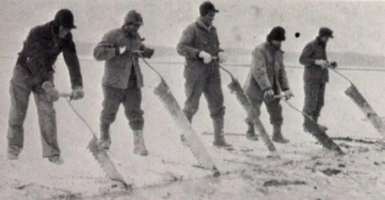These 20 Ancient Weapons Were Surprisingly Advanced for Their Time
Ever wondered how ancient civilizations managed to wage war without modern technology? While we might picture primitive tools and basic spears, some ancient weapons were remarkably sophisticated.
What ingenious solutions did our ancestors devise to gain the upper hand in combat? In an age of smart bombs and laser guidance, these ancient weapons remind us that human ingenuity has always pushed the boundaries of military technology.
Here are twenty remarkable weapons that were centuries ahead of their time.
Greek Fire (7th Century AD)

Byzantine engineers created a mysterious incendiary weapon that could burn on water. This ancient napalm was pumped through bronze tubes and terrorized enemy ships for centuries.
Even today, its exact composition remains a mystery, though modern scientists believe it contains petroleum, quicklime, and sulfur.
Chinese Repeating Crossbow (4th Century BC)

The Chu Ko Nu could fire 10 arrows in 15 seconds when modern European archers were still drawing one arrow at a time. This semi-automatic weapon of the ancient world featured a gravity-fed magazine and a mechanical trigger system.
Local defenders could rain down arrows from city walls with devastating efficiency.
Like Go2Tutors’s content? Follow us on MSN.
Roman Scorpion (1st Century BC)

This precision artillery piece could hit targets with arrow-sized bolts at 400 yards. Think of it as the ancient world’s sniper rifle, capable of punching through armor with deadly accuracy.
Roman engineers even developed sophisticated range-finding mechanisms for improved targeting.
Antikythera Mechanism (2nd Century BC)
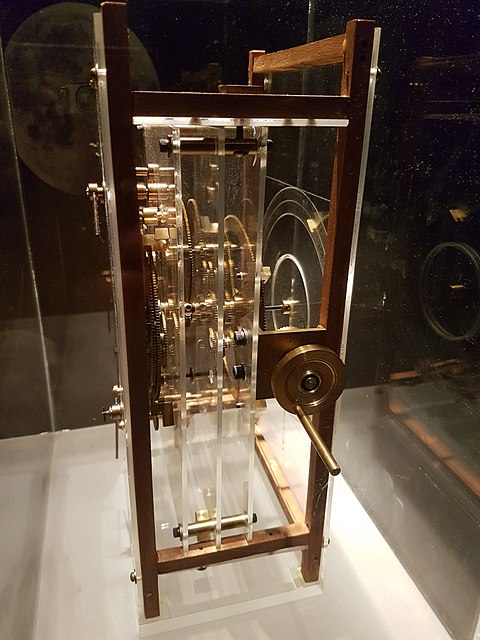
While not strictly a weapon, this ancient Greek computer could calculate astronomical positions for naval warfare. Its interlocking bronze gears were more sophisticated than anything seen again until the 14th century.
Modern scientists needed X-ray technology to understand its complexity fully.
Indian Wootz Steel (3rd Century BC)
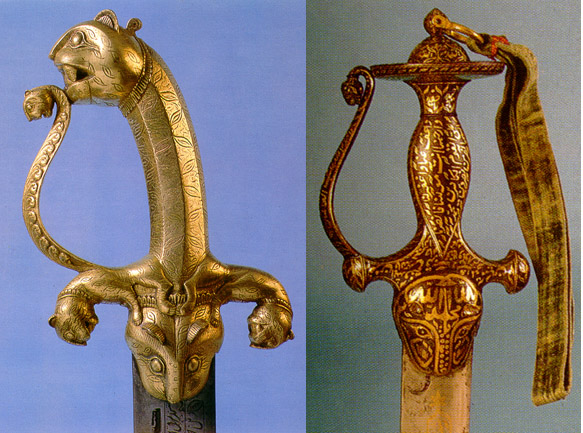
This legendary Damascus steel contained carbon nanotubes and nanowires centuries before modern science discovered them. Swords made from this material could slice through European blades while maintaining an impossibly sharp edge.
The exact forging technique remains a mystery.
Like Go2Tutors’s content? Follow us on MSN.
Chinese Land Mine (11th Century AD)

Song Dynasty engineers developed underground explosive traps centuries before Western armies. These cast iron shells were filled with gunpowder and triggered by pressure or tripwires.
Local defenders created entire minefields to protect strategic locations.
Korean Turtle Ship (15th Century AD)
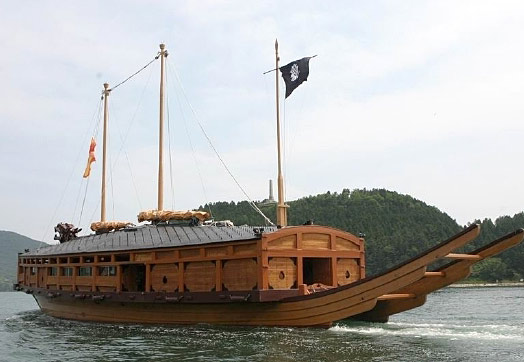
The world’s first ironclad warship featured a spiked shell-like covering and multiple cannon ports. It could ram enemy vessels while remaining virtually impervious to boarding or arrow fire.
Some versions even included a smoke-generating system using sulfur and saltpeter.
Aztec Atlatl (15th Century AD)
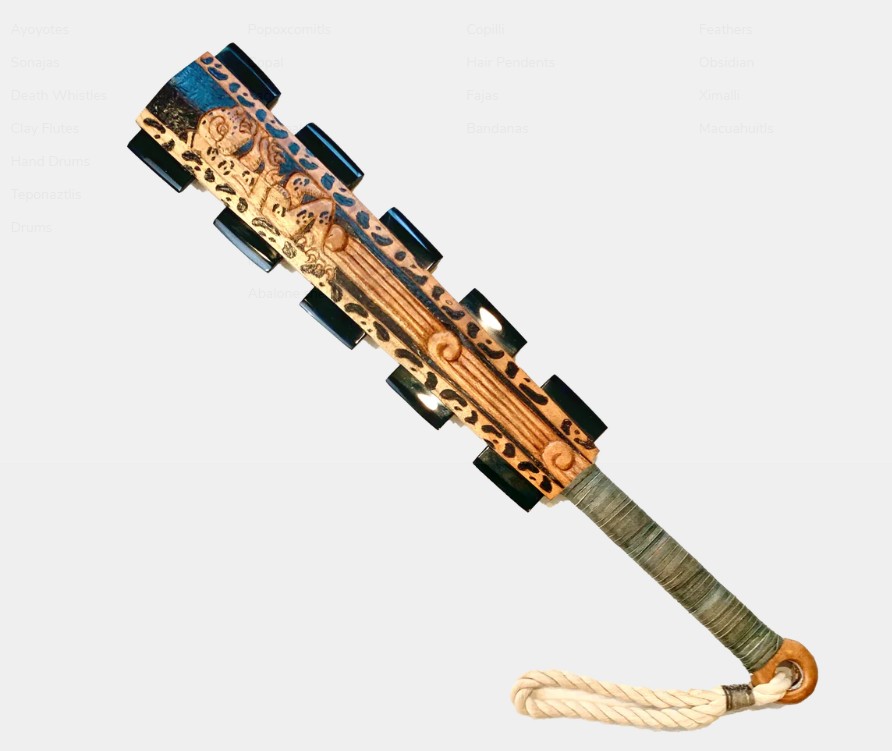
This sophisticated spear thrower could launch darts with enough force to penetrate Spanish steel armor. It effectively doubled the range and power of traditional spear-throwing.
Warriors could launch projectiles at twice the speed of a thrown spear.
Like Go2Tutors’s content? Follow us on MSN.
Persian Windmill of Death (7th Century AD)

This rotating blade system used wind power to create a deadly defensive perimeter. Imagine a giant lawn mower blade mounted on a tower powered by desert winds.
Enemy armies learned to give these installations a wide berth.
Roman Ballista (1st Century BC)
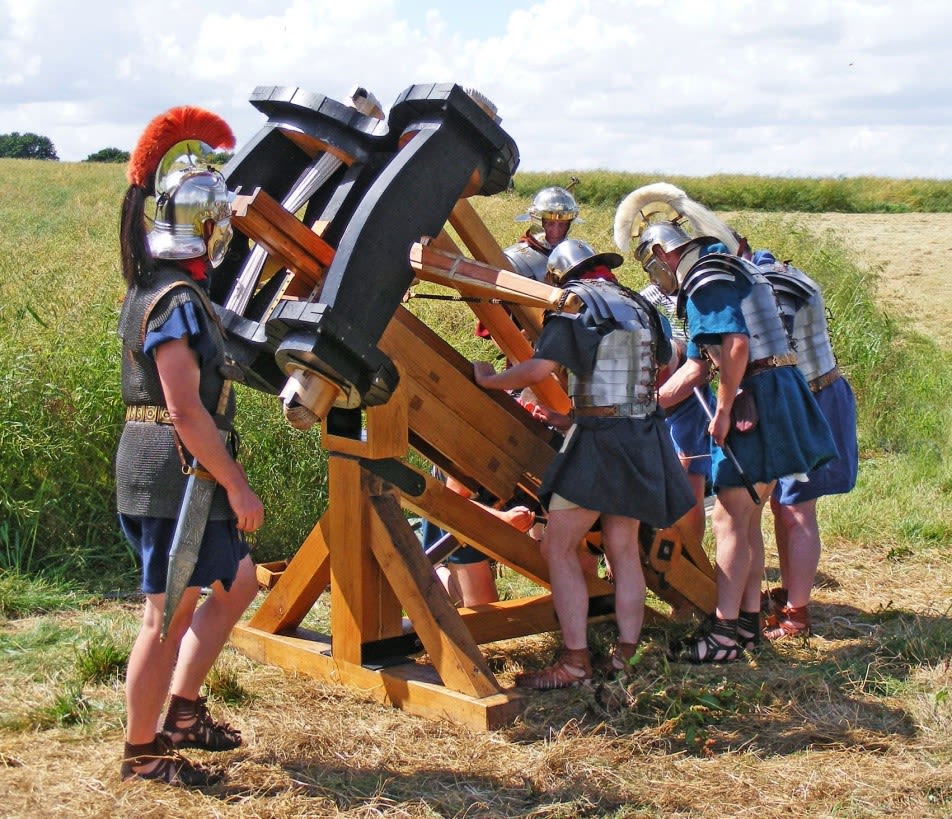
This massive crossbow-like weapon could launch 60-pound stones with incredible accuracy. Engineers developed sophisticated torsion springs using animal tendons and hair.
Some versions could be quickly disassembled for transport and reassembly.
Chinese Poison Gas Bombs (10th Century AD)
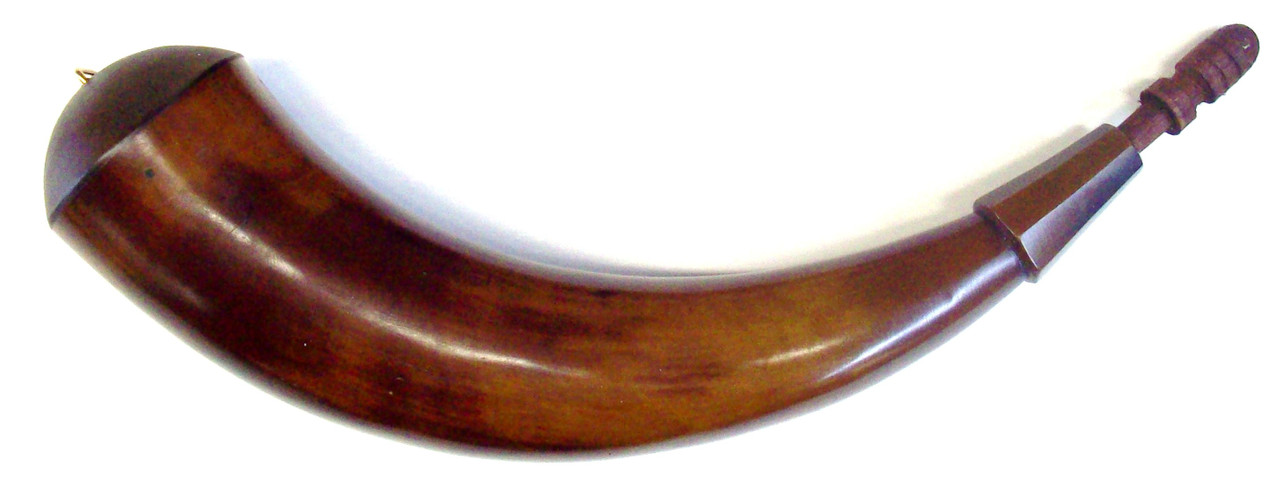
These ceramic shells contained toxic smoke compounds that were launched by catapult. The ancient chemical weapons used arsenic and other poisons to create deadly clouds.
Defenders kept detailed records of wind patterns to maximize effectiveness.
Like Go2Tutors’s content? Follow us on MSN.
Mayan Obsidian Sword (15th Century AD)
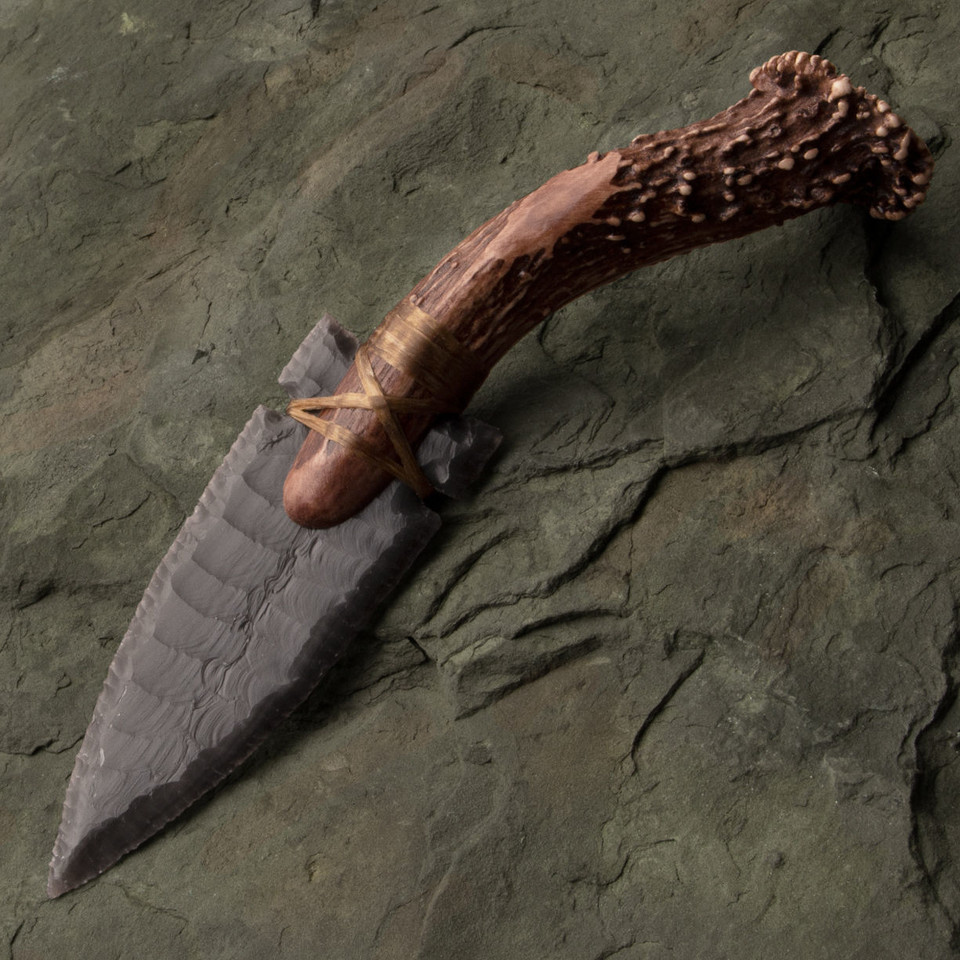
The macuahuitl combined wooden clubs with razor-sharp obsidian blades that were sharper than modern surgical steel. Spanish conquistadors reported it could decapitate a horse with a single blow.
Each weapon required months for master artisans to complete.
Persian Chainmail (5th Century BC)
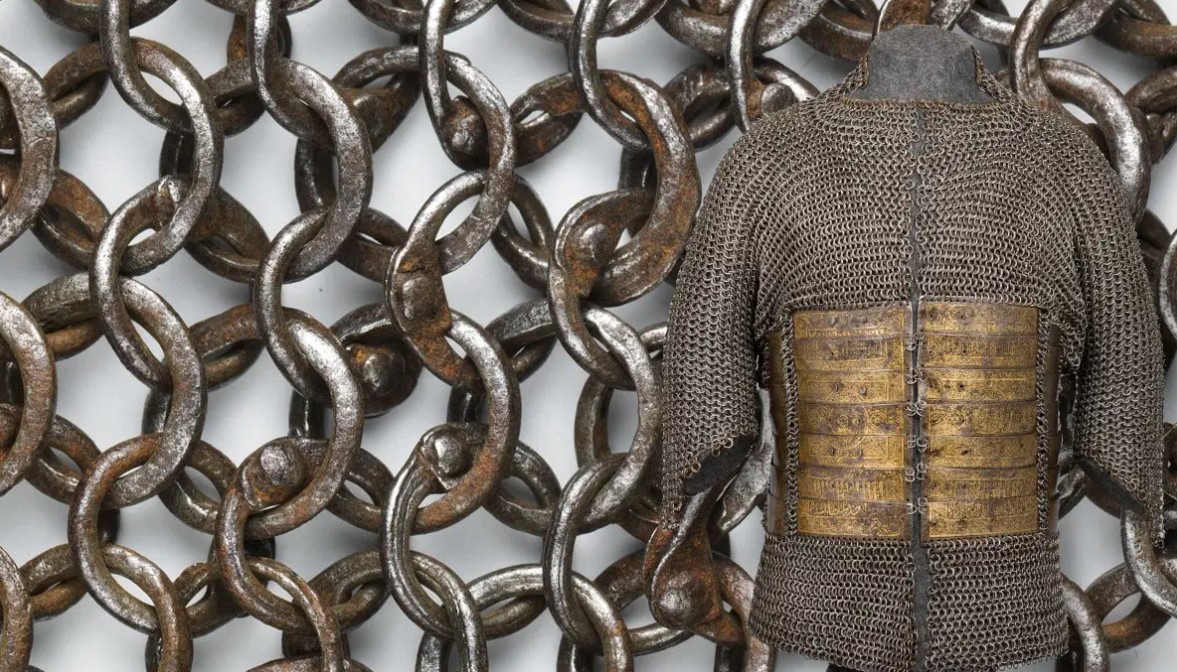
This innovative armor used interlocked rings to stop slashing attacks while maintaining flexibility. Its design was so effective that it remained in use for over 2,000 years.
Some patterns required over 100,000 individual rings.
Egyptian Composite Bow (2nd Millennium BC)
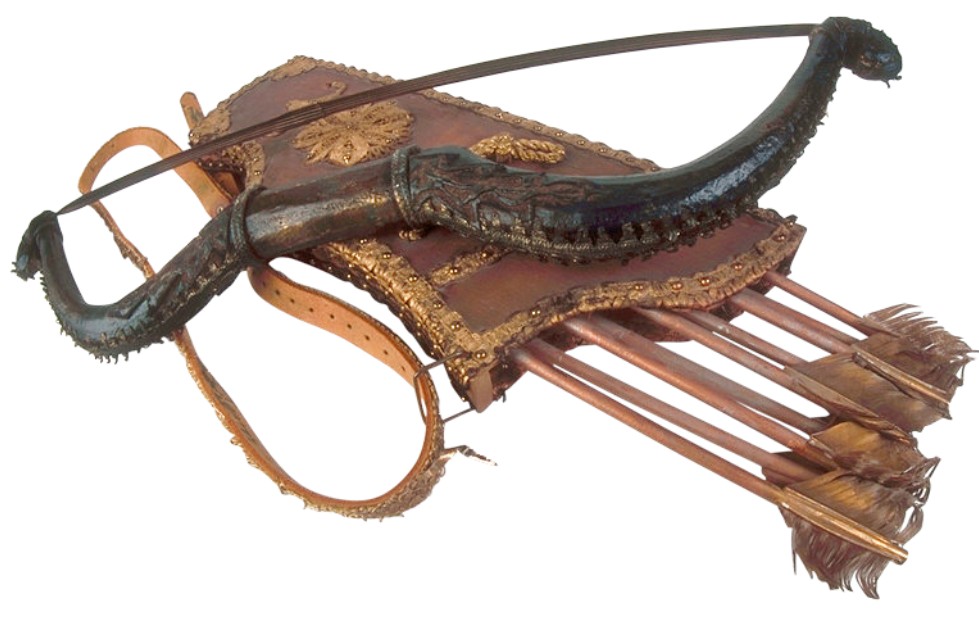
These sophisticated weapons used multiple materials laminated together for incredible power. They could send arrows through bronze armor at 400 yards.
Each bow required a year to manufacture and condition properly.
Like Go2Tutors’s content? Follow us on MSN.
Greek Polybolos (3rd Century BC)
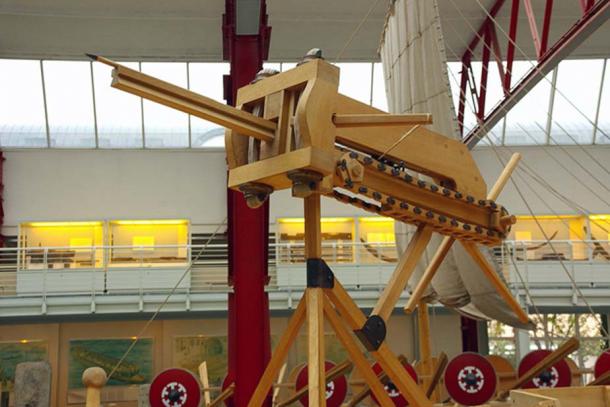
This repeating ballista could launch multiple bolts in rapid succession using a chain drive system. Think of it as the ancient world’s machine gun, powered by a sophisticated gear mechanism.
Engineers developed specialized tools just to manufacture its components.
Chinese Flying Crow with Magic Fire (10th Century AD)
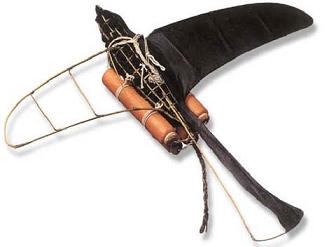
These rocket-powered arrows carried incendiary payloads into enemy formations. They represented some of the first guided missiles in military history.
Specialized launch platforms could fire multiple rockets simultaneously.
Roman Corvus (3rd Century BC)
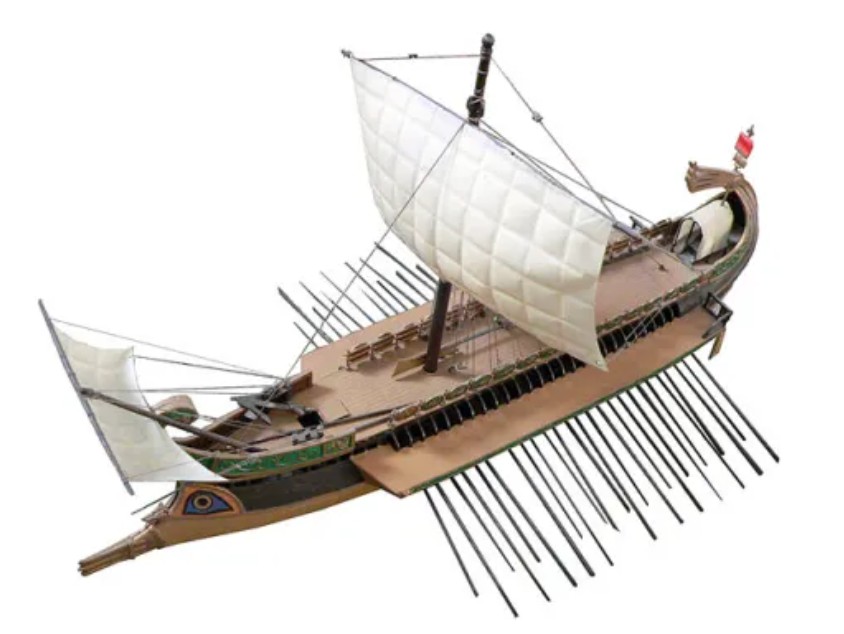
This bridge-assault weapon transformed naval warfare by turning sea battles into land combat. Ships equipped with Corvi could grapple and board enemy vessels with devastating effectiveness.
The system included sophisticated counterweights for rapid deployment.
Like Go2Tutors’s content? Follow us on MSN.
Indian Katar Punch Dagger (15th Century AD)

This sophisticated thrust weapon could penetrate mail armor with a scissor-like action. Its unique design allowed warriors to put their entire body weight behind a punch.
Some versions included side blades that could be triggered mid-thrust.
Chinese Thunder Crash Bombs (11th Century AD)
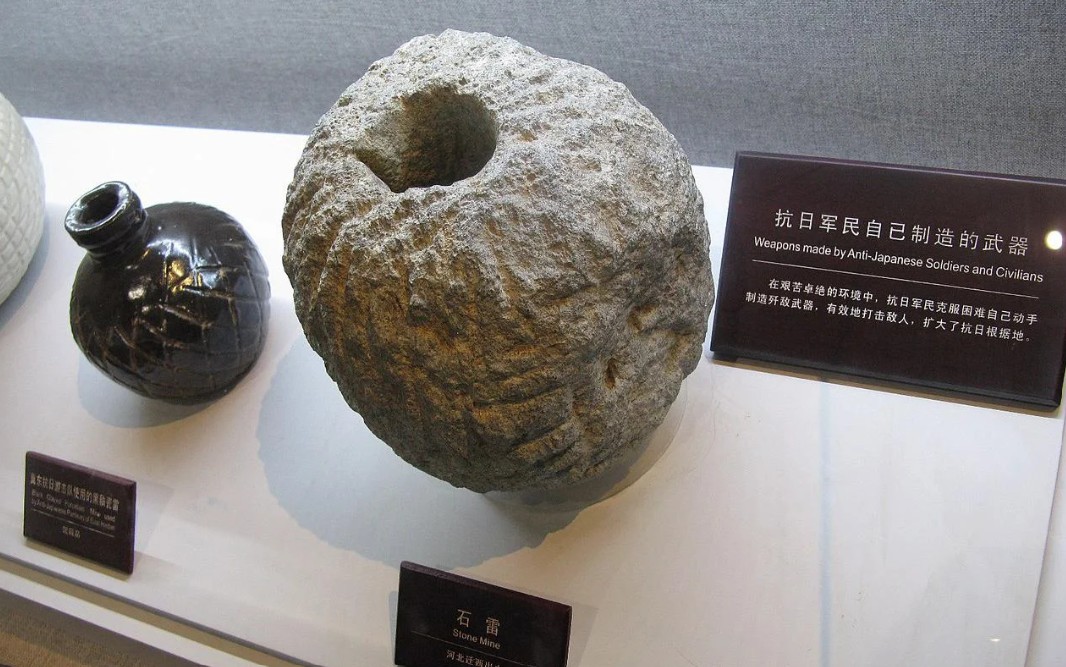
These cast iron explosives contained shrapnel and multiple firing charges. They represented some of the first cluster munitions in military history.
Engineers developed sophisticated time-delay fuses using multiple powder chambers.
Persian Chariot Scythe (4th Century BC)
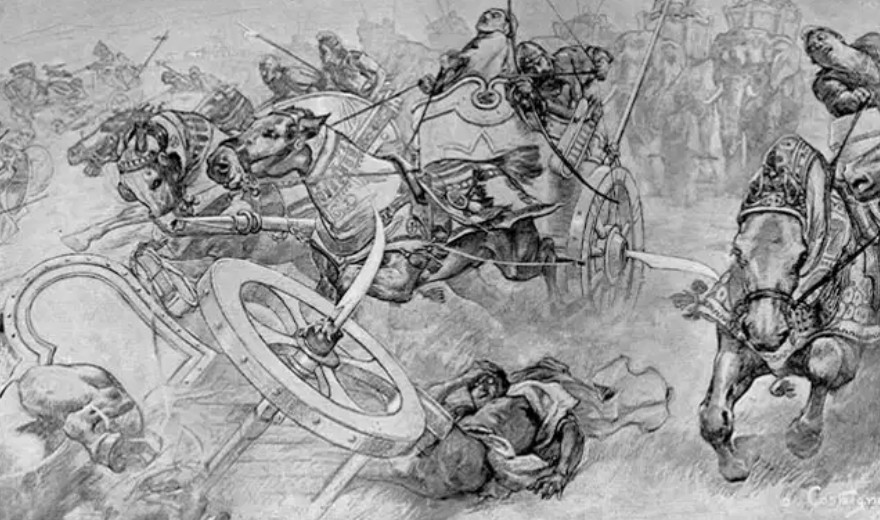
These wheel-mounted blades could clear entire formations of infantry. Engineers developed sophisticated suspension systems to maintain blade height during battle.
Some versions included multiple blade levels for maximum effect.
Like Go2Tutors’s content? Follow us on MSN.
Legacy of Ancient Innovation
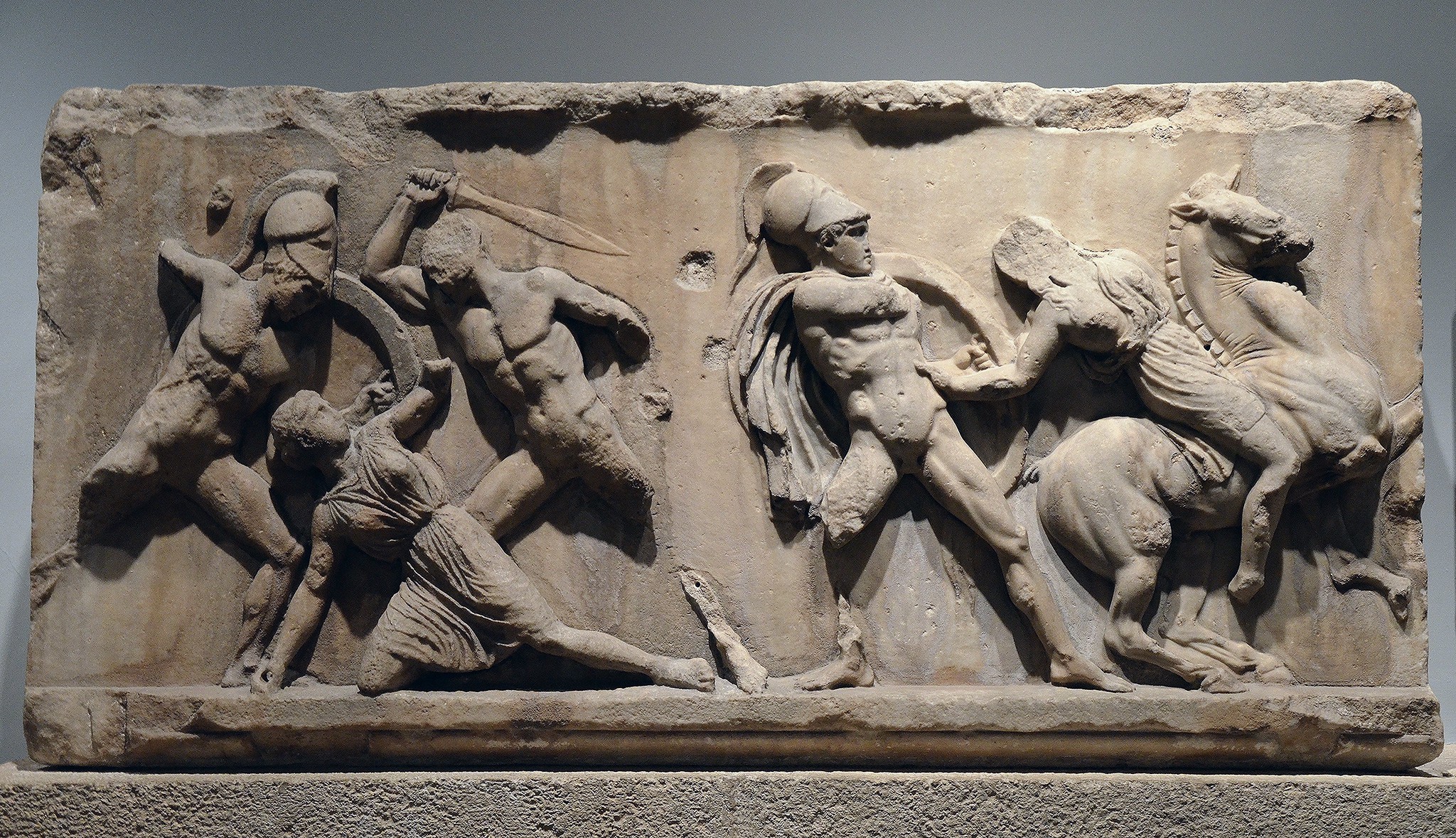
These sophisticated weapons remind us that military innovation isn’t just a modern phenomenon. Our ancestors developed remarkably advanced solutions to battlefield challenges, often with principles still used today.
While we may have satellites and smart bombs, the fundamental principles of these ancient weapons continue to influence military technology, proving that human ingenuity knows no historical bounds.
More from Go2Tutors!

- Famous Battles: How Much Do You Really Know About U.S. History?
- Top 5 Most Important Skills, According To Harvard Business School
- How Well Do You Know 90s Pop Culture? Take the Quiz
- Master the Art of Public Speaking with These Expert Tips
- Think You Know Capitals? Put Your Knowledge to the Test
Like Go2Tutors’s content? Follow us on MSN.



